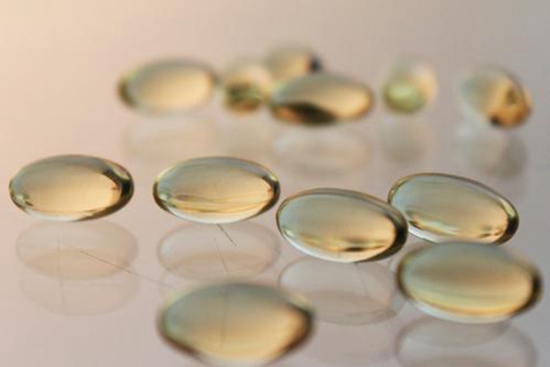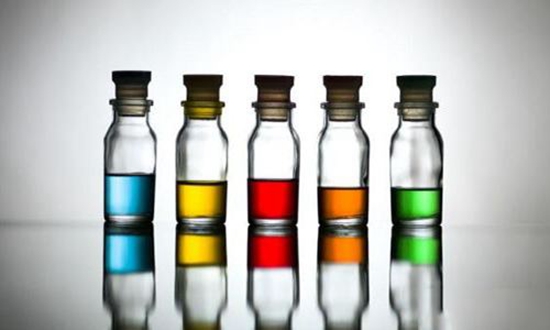The Type of Lithium Battery Electrolyte
1, liquid electrolyte
The choice of electrolyte has a great impact on the performance of lithium-ion batteries.It must be chemically stable, especially at higher potentials and higher temperature environments.It has a high ionic conductivity (>10-3 S/cm) and must be inert to the anode and cathode materials and cannot invade them.Since the lithium ion battery has a high charge and discharge potential and the anode material is embedded with a chemically active lithium,Therefore, the electrolyte must use an organic compound and cannot contain water.However, the organic ion conductivity is not good, so a soluble conductive salt is added to the organic solvent to increase the ionic conductivity.At present, lithium ion batteries mainly use liquid electrolytes.The solvent is anhydrous organic matter such as EC, PC, DMC, DEC, and most of them are mixed solvents such as EC/DMC and PC/DMC.
Conductive salts are LiClO 4 , LiPF6, LiBF6, LiAsF6, etc.Their conductivity is in the order of LiAsF6>LiPF6>LiClO 4>LiBF6.
LiClO4 is prone to explosion and other safety problems due to its high oxidizing property, and is generally limited to experimental research;
LiAsF6 has high ion conductivity, easy purification and good stability, but contains toxic As, which is limited in use.
LiBF6 has poor chemical and thermal stability and low electrical conductivity.Although LiPF6 undergoes a decomposition reaction, it has a high ionic conductivity, so currently lithium ion batteries basically use LiPF6.At present, most of the electrolytes used in commercial lithium ion batteries use the EC/DMC of LiPF6, which has high ionic conductivity and good electrochemical stability.

2, solid electrolyte
The use of metallic lithium directly as an anode material has a high reversible capacity, and its theoretical capacity is as high as 3862 mAh·g-1.It is more than ten times more expensive than graphite materials, and it is also considered to be the most attractive anode material for a new generation of lithium-ion batteries, but it will produce dendritic lithium.Conduction using a solid electrolyte as an ion inhibits the growth of dendritic lithium, making it possible to use metallic lithium as an anode material.In addition, the use of a solid electrolyte avoids the disadvantage of liquid electrolyte leakage, and the battery can be made into a thinner (thickness of only 0.1 mm), higher energy density, and smaller size high-energy battery.
Destructive experiments such as nailing, heating (200 ° C), short circuit and overcharge (600%) show that solid-state lithium-ion batteries have high safety performance.Liquid electrolyte lithium-ion batteries can cause safety problems such as leakage and explosion.Solid-state batteries have no other safety issues except for a slight increase in internal temperature (<20°C).The solid polymer electrolyte has good flexibility, film formation, stability, and low cost.It can be used both as a positive and negative electrode spacer film and as an electrolyte for ion transport.

Solid polymer electrolytes are generally classified into a dry solid polymer electrolyte (SPE) and a gel polymer electrolyte (GPE).SPE solid polymer electrolytes are mainly based on polyethylene oxide (PEO),The disadvantage is that the ionic conductivity is low and can only reach 10-40 cm at 100 °C.In SPE, ion conduction occurs mainly in the amorphous region, and transport is transferred by the movement of the polymer chain.PEO is easily crystallized due to the high regularity of its molecular chain, and crystallisation reduces ionic conductivity.Therefore, in order to increase the ionic conductivity, on the one hand, the mobility of the chain can be improved by lowering the crystallinity of the polymer, and on the other hand, the solubility of the conductive salt in the polymer can be improved.Grafting, block, cross-linking, copolymerization and the like are used to destroy the crystallization property of the polymer, and the ionic conductivity thereof can be remarkably improved.In addition, the addition of an inorganic composite salt can also increase the ionic conductivity.Adding a high dielectric constant low molecular weight liquid organic solvent such as PC to the solid polymer electrolyte can greatly improve the solubility of the conductive salt, and the electrolyte is a GPE gel polymer electrolyte.It has a high ionic conductivity at room temperature, but it will fail to separate during use.
High quality graphite manufacturer
If you need graphite powder, please feel free to contact: sales@graphite-corp.com







